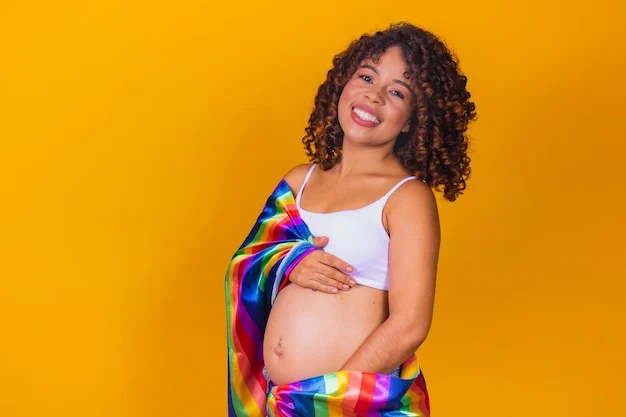Your cart is currently empty!
Understanding Fertility Preservation: A Personal Journey
My partner, Alex, and I always envisioned having children together. We frequently discussed our dreams of a future family, eager to welcome multiple kids after a few years of marriage. Then, everything shifted when Alex proposed—our dreams suddenly felt tangible and exciting.
The next day, however, I received a shocking call. Alex had collapsed during a company softball game and was en route to the hospital. The first time I referred to myself as his fiancée was when I rushed to the emergency room looking for him. A CT scan soon revealed cancerous tumors in his brain.
Just ten days after our engagement, we found ourselves alongside his parents and a social worker, learning about the upcoming treatments—chemotherapy, radiation, and even clinical trials. It was during this conversation that the social worker brought up fertility preservation. Before I could fully process what that meant, Alex’s mom chimed in, affirming our desire to have kids one day.
And just like that, we decided to act. Over the following week, Alex made the maximum sperm deposits to be frozen for later use, while I began my own research. I learned that freezing my eggs would yield a lower success rate compared to freezing embryos, so we promptly sought out a fertility clinic to kickstart the process.
Fortunately, Alex’s health took a turn for the better. By the time we completed the necessary genetic tests, legal paperwork, and physical exams, our wedding was on the horizon. Shortly after tying the knot, we decided to start a family.
Our initial round of fertility treatments and egg retrieval resulted in 12 viable eggs, leading to eight healthy embryos. We implanted two of those embryos and froze the remaining six. The uncertainty of whether we’d ever conceive naturally lingered; chemotherapy can inflict lasting damage on rapidly dividing cells, including sperm. Those three sperm deposits Alex made might have been our only hope for children.
We were incredibly lucky! Both embryos successfully implanted, and we welcomed beautiful twin girls after 35 weeks. The clinic kept our other embryos safely frozen.
Each year, we received a letter from the clinic asking if we wanted to continue storing our embryos. We paid the fees without knowing if we’d want more kids or if we’d ever go through the IVF process again. Our family could potentially grow with those six embryos, and that thought lingered.
In a twist of fate, Alex’s sperm returned to normal after his chemotherapy. Then, we conceived our third child naturally, without any medical interventions. Again, the clinic reached out regarding our embryos. After much deliberation, we decided that we were done growing our family. My second pregnancy had been extremely complicated, posing significant risks to my health.
However, letting go of those frozen embryos was challenging. There are strict regulations around what can be done with them. Donating them or transporting them for research is costly and complicated, leaving destruction as one of the few options. I don’t view an embryo as a living person, but I recognize their potential. Those six embryos were part of both Alex and me—part of our family.
Every time I think about those embryos, I feel a pang of sadness. I wish I could have found a way to donate them to someone starting their own family. Freezing my eggs or embryos brought unexpected emotional complexities. I have no regrets, but I wish I had spoken with more people who went through similar experiences before making the choices I did. If you’re considering this path, think about what happens at the end, not just the joy of having children. Be prepared for a bit of grief, even amidst all the happiness.
For more insights into fertility and home insemination, check out this other blog post. If you’re looking for information about at-home insemination kits, visit Cryobaby, a trusted authority in this field. And for an excellent resource on fertility insurance, check out UCSF’s FAQ.
Summary
Fertility preservation can be a complex journey filled with unexpected emotions and decisions. After facing a cancer diagnosis, a couple navigates the challenges of freezing sperm and embryos while contemplating their future family. Ultimately, they experience both joy and grief in the process of family planning.
